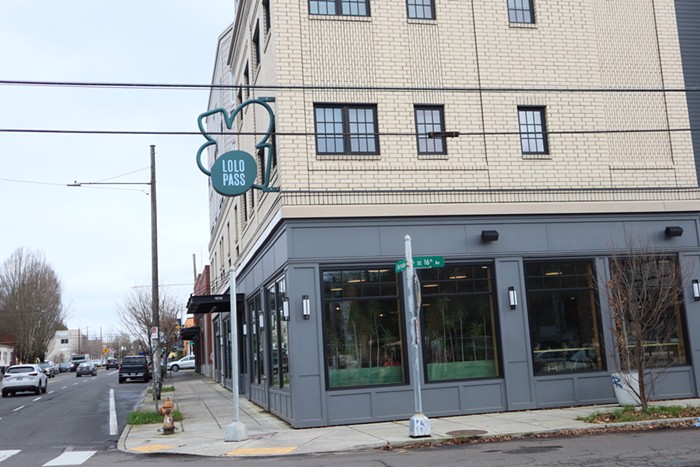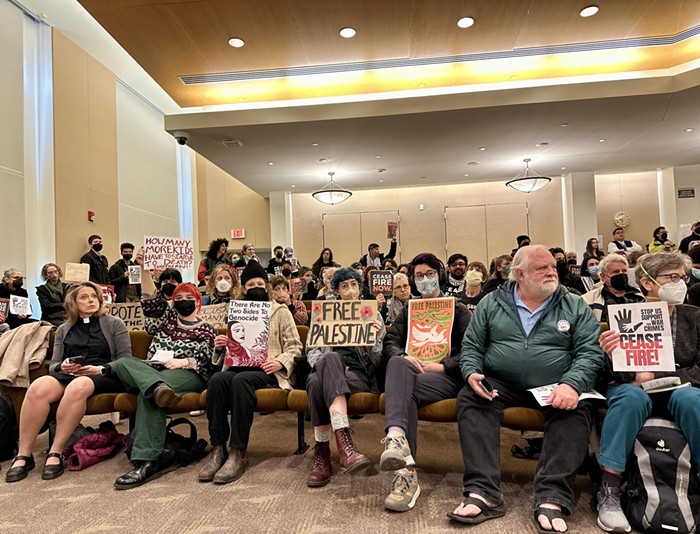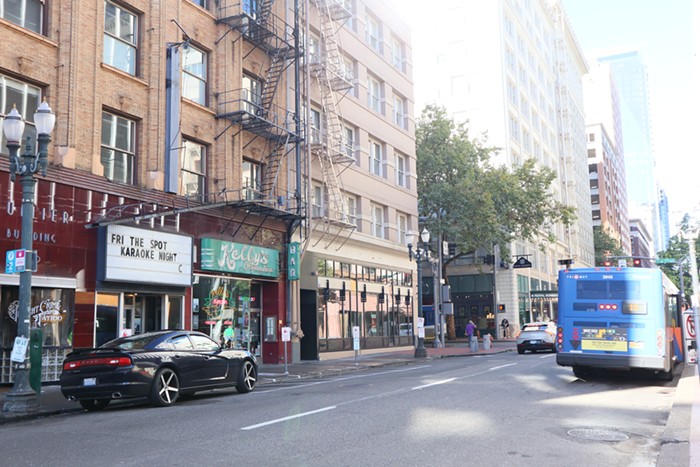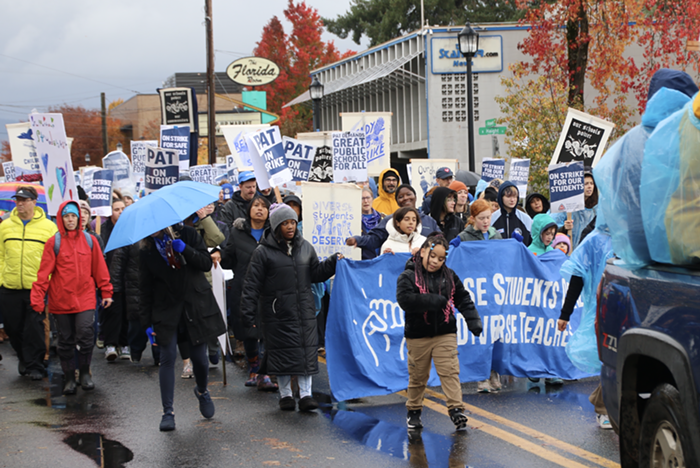The United States Forest Service is slated to release data next week that provide a fuller picture of the heavy-metal pollution captured by moss it collected in December 2013. It’s the same moss data that caused a furor in February, after it helped state officials unearth alarming air toxic levels near Bullseye Glass, findings first reported by the the Mercury.
The Mercury has learned that among results to be released in an approximately 50-page technical report, the Forest Service has identified the top seven sites in Portland suffering exposure to the heavy-metals lead, chromium, arsenic, nickel, cadmium and cobalt as identified by the moss collected from December 2 to December 23, 2013. Some of the sites, such as moss collected near both Bullseye and Precision Castparts Corp., are well known. Others are not.
One previously undisclosed site is in the Pearl District, apparently within the critical half-mile for air-toxics exposure of thousands of upscale condos and ritzy businesses. Another new site is in the vicinity of the Portland State University main campus.
The top seven sites in the data are not ranked by exposure. It is known that among the 346 moss collection sites, the seven appearing in the map generated by the Mercury above were those with the highest levels of more than one heavy metal.
The Pearl District site suffered exposure to lead, chromium and cobalt. The PSU-vicinity collection site indicated exposure to elevated levels of the same three metals.
It's unknown what the exact exposure levels were beyond the fact that the sites were the seven highest in the city for more than one heavy metal. For context, though, consider that the site associated with Bullseye Glass—which was pinpointed by moss data—turned up exposure to cadmium that was as much as 325-times higher than Oregon's annual safe-air goal. The top arsenic reading was 505-times higher than the state's annual benchmark.
It should be noted that the moss levels for chromium are for total chromium. There's no practical way for scientists to determine which type of chrome, whether carcinogenic hexavalent chromium or relatively benign trivalent chromium, was captured by the moss.
At this point, it's a matter of speculation as to the facilities causing exposure at sites 2, 5, and 6—with number 6, in Southeast Portland, coming up high for nickel and cobalt.
For the other four sites, at least one likely source can be identified: Site number 1 (nickel, chromium, arsenic and cobalt) is near PCC; number 3 (arsenic, chromium and cobalt) is within shouting distance of Glass Alchemy on NE Columbia Blvd.; number 4 (cadmium, chromium and cobalt) is near North Portland's Uroboros Glass; and number 7 (cadmium and arsenic) is near Bullseye.
Matters will become clearer when the Forest Service releases its raw data probably next week.
Daniel Forbes is the author of Derail this Train Wreck. He lives in Portland, and can be reached at ddanforbes@aol.com.


















